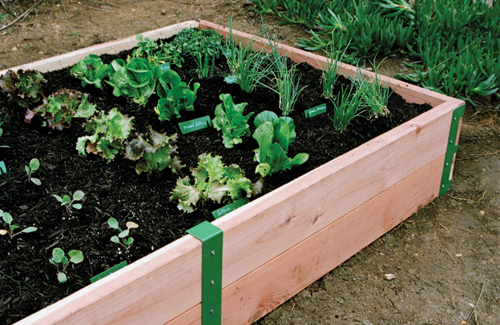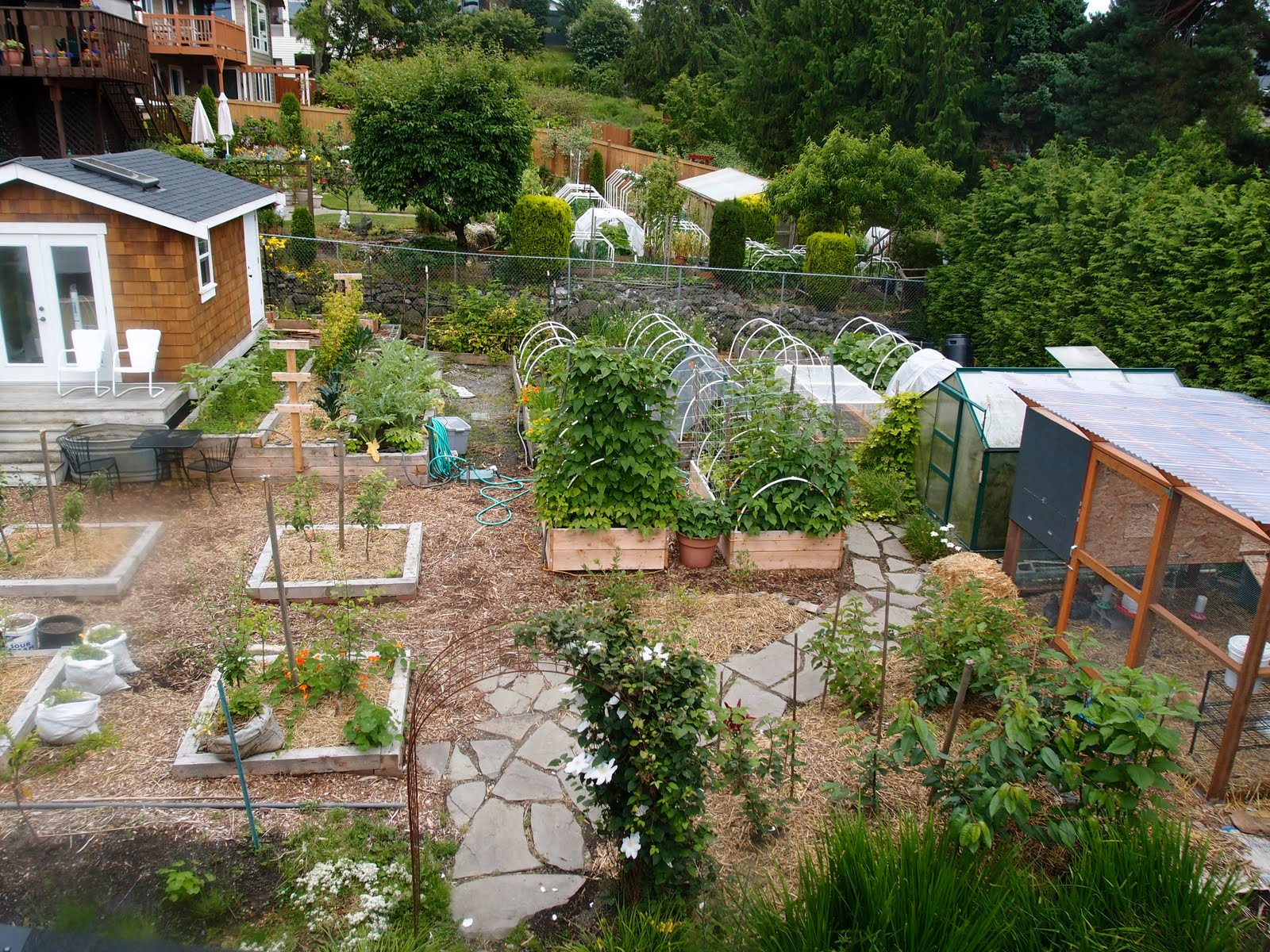What to Cultivate in Your Homestead Gardening Setup
What to Cultivate in Your Homestead Gardening Setup
Blog Article
Reveal the Keys to Developing a Effective and beautiful Gardening Room
Creating a effective and attractive horticulture area is not simply a matter of growing veggies and flowers; it calls for a critical technique that encompasses different important components. From picking the right location based on sunshine and dirt kind to attentively making your layout and picking appropriate plants, each decision plays a critical role in the success of your yard.
Choosing the Right Location
Picking the excellent location for your yard is vital to its success and overall aesthetic allure. The initial step in this process entails evaluating sunlight direct exposure, as many plants call for at the very least six hours of direct sunshine daily (Homestead Gardening). A south-facing garden typically receives one of the most light, while shaded areas can hamper growth and flowering
Additionally, think about dirt high quality and water drainage. Well-draining dirt is important to prevent water logged roots, which can bring about plant illness. Carrying out a soil test can provide beneficial details pertaining to pH levels and vitamins and mineral material, enabling you to change the dirt accordingly.
Additionally, closeness to water sources is one more variable to evaluate - Homestead Gardening. Having simple accessibility to a tube or irrigation system can streamline the watering procedure and motivate constant plant treatment. Wind security is additionally essential; positioning your garden near frameworks, such as walls or fences, can shield it from severe winds that may damage fragile plants
Finally, take into consideration access for upkeep and harvesting. A well-placed yard permits for practical access, making certain that you can quickly often tend to your plants without causing undue stress or disruption. Thoughtful place selection lays the structure for a thriving garden.
Choosing Plants Intelligently
When selecting plants for your garden, it's important to consider variables such as climate, dirt conditions, and individual choices to make certain a productive and unified area. A comprehensive understanding of your local environment will direct you in choosing plants that flourish in your certain atmosphere. For instance, selecting drought-resistant ranges is useful in deserts, while moisture-loving species might be more proper for locations with high rains.
Dirt conditions are just as critical; conducting a soil examination can disclose pH degrees and nutrition content, permitting you to choose plants that will thrive. Native plants are usually a superb option, as they are typically well-adapted to regional soil types and call for less upkeep.
Show on your individual preferences-- selecting plants that reverberate with your visual preferences will certainly improve your pleasure and commitment to maintaining your yard. By carefully assessing these variables, you can develop a varied and flourishing plant choice that raises your horticulture experience.
Designing Your Garden Design
With a thoughtfully selected plant option in hand, the next action is to create a garden format that makes best use of both elegance and capability. Begin by examining the readily available area, taking into consideration variables such as sunshine, color, and wind patterns. A well-planned format must integrate numerous zones, consisting of locations for planting, paths, and possibly seating.
Begin with larger plants or focal factors, such as trees or tall perennials, put purposefully to produce visual passion. Layer smaller plants in front to boost deepness article and structure. Take into consideration the development behaviors of your picked plants; taller varieties need to be placed at the back or facility of beds, while shorter ones can line the sides.
Integrating pathways not only assists in gain access to for upkeep however additionally welcomes expedition. Use products that match the yard's general aesthetic, whether gravel, wood, or rock chips.
Additionally, think about seasonal changes and how your design will look throughout the year. Incorporating evergreens alongside seasonal flowers can make certain year-round appeal. Inevitably, a well-designed garden design integrates the all-natural charm of plants with sensible factors to consider, leading to an area that is both inviting and productive.
Enhancing Dirt Wellness

To improve dirt wellness, start by carrying out a soil examination to analyze pH levels, nutrition web content, and dirt appearance. visite site Incorporate natural issue such as garden compost, well-rotted manure, or leaf mold and mildew to enhance soil structure, water retention, and microbial task.
Mulching is another efficient method; it not only conserves dampness but additionally suppresses weeds and slowly enhances the dirt as it breaks down. Preventing excessive husbandry is important, as it can interfere with soil structure and injury helpful microorganisms. Instead, embrace no-till or minimal husbandry practices to preserve dirt integrity.

Maintaining Your Yard Properly
A well-maintained garden gives satisfaction and efficiency, calling for regular interest to guarantee that plants grow and the landscape stays welcoming. Reliable garden upkeep entails numerous essential practices that boost the health of your plants and the overall visual of your room.
Regular watering is vital; however, it is crucial to tailor your watering routine based upon the details needs of your plants and neighborhood climate problems. Mulching can assist preserve dampness, subdue weeds, and control dirt temperature. Prompt weeding stops competitors for nutrients and resources, ensuring that your plants flourish.
Trimming is another vital task. It urges healthy and balanced development, eliminates diseased or dead branches, and shapes plants to maintain an enticing structure. Additionally, checking for parasites and conditions is important; early detection and intervention can conserve your plants from significant damages.
Fertilization needs to be performed attentively, using natural options whenever possible to advertise long-term dirt health. Seasonal jobs such as growing, dividing perennials, and preparing for winter months will guarantee your garden remains vivid year-round. By complying with these methods diligently, you can grow a yard that is both productive and attractive.
Verdict
Finally, the creation of a effective and attractive horticulture area requires cautious factor to consider of several crucial elements. Selecting an ideal location with adequate sunshine, choosing appropriate plants, creating a cosmetically pleasing format, boosting soil health, and guaranteeing routine maintenance are crucial elements. By incorporating these techniques, one can grow a growing yard that not only enhances the landscape yet also advertises eco-friendly equilibrium and sustainability. Such an approach eventually results in a satisfying gardening experience.
From choosing the right place based on sunlight and over here dirt type to attentively designing your layout and choosing appropriate plants, each choice plays a critical duty in the success of your garden. Well-draining dirt is necessary to prevent water logged origins, which can lead to plant diseases.When choosing plants for your yard, it's important to think about aspects such as environment, soil problems, and individual choices to ensure a harmonious and efficient space. Inevitably, a properly designed garden layout harmonizes the all-natural elegance of plants with functional factors to consider, resulting in a room that is both inviting and effective.

Report this page